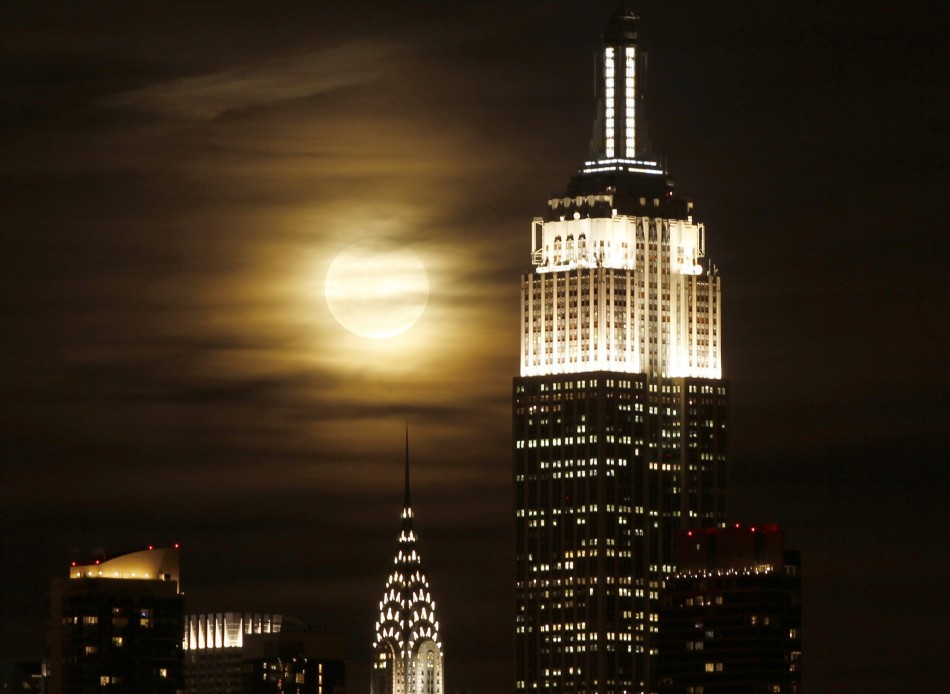Skyscraper Boom may Hurt India and China [SLIDESHOW]


A boom in the number of skyscrapers being built in a country may be a good indicator of the likelihood of a subsequent economic crash, according to financial experts.
A report by Barclays Capital suggests there is an "unhealthy correlation between the construction of the next world's tallest building and an impending financial crisis".
The Empire State Building in New York, built just before the Great Depression brought the US and much of the world to their knees, and the Burj Khalifa, constructed before Dubai narrowly avoided going bust in 2010, have been cited as examples of this theory.
Barclays said the number of buildings being erected in India is cause for concern because the construction flurry could be followed by an "economic correction" that may last five years.
"Building booms are a sign of excess credit," said Andrew Lawrence, an analyst for Barclays Capital in Hong Kong.
"Often, the world's tallest buildings are simply the edifice of a broader skyscraper building boom, reflecting a widespread misallocation of capital and an impending economic correction," Barclays said.
China's skyscraper building boom also carries the potential for an impending economic fall, if the theory holds true.
"India has only two of the world's 276 skyscrapers over 240m in height, yet over the next five years it intends to complete 14 new skyscrapers," Barclays said.
As the Shard, on course to be the tallest building in western Europe, approaches completion near London Bridge, will The City take note?
And so, too, might the host countries of the following skyscrapers:
© Copyright IBTimes 2025. All rights reserved.




















